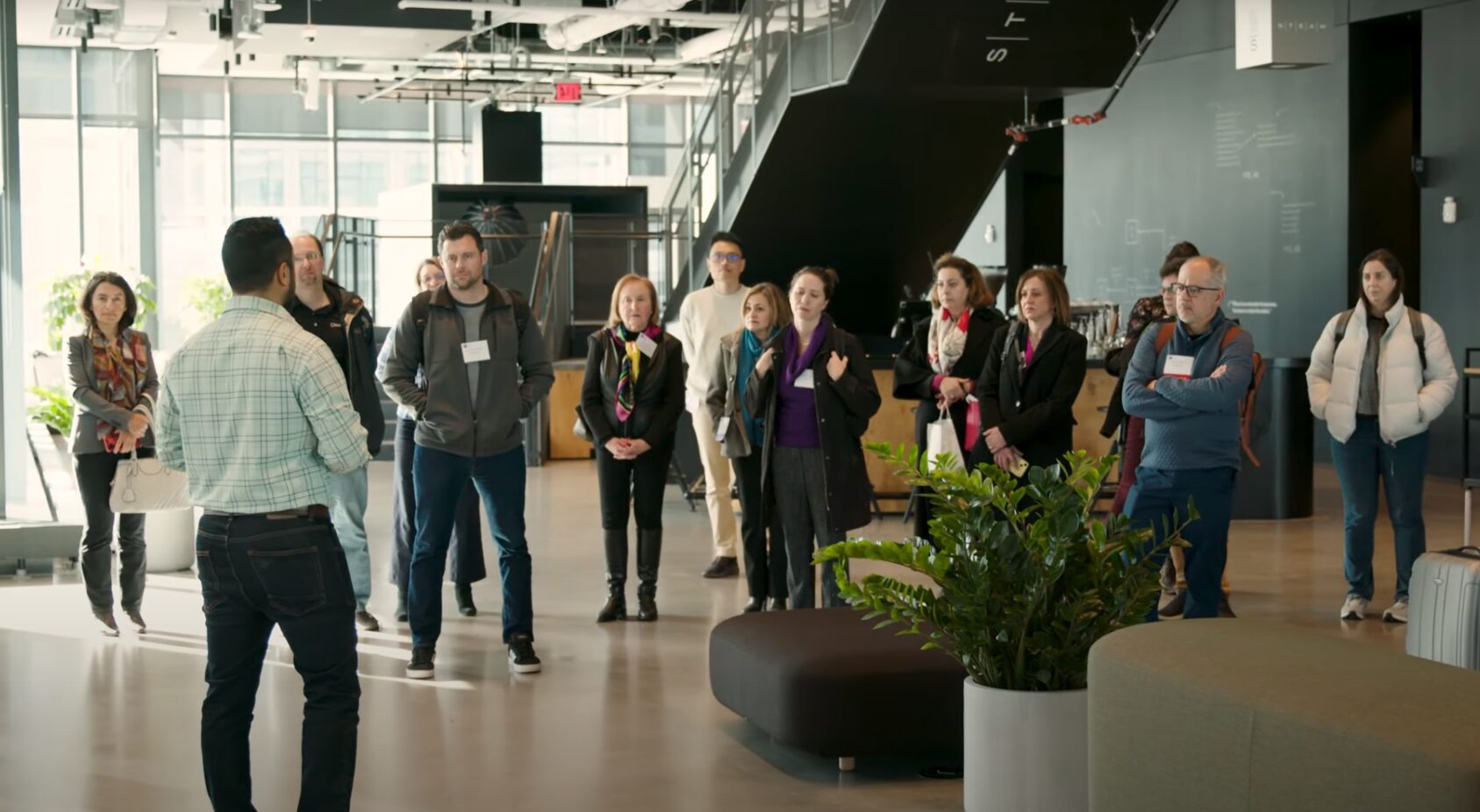By DONNA EPPS, SVP FOR PUBLIC POLICY AND STRATEGIC ALLIANCES, VERIZON 04/11/2022 09:00 AM EDT
We are at a pivotal moment for the digital future of the U.S. Last fall, President Biden signed into law the Infrastructure Investment and Jobs Act (IIJA), which makes a $65 billion investment in broadband access and adoption. In a matter of months, states will start making decisions about how to use this funding to support broadband projects in their communities. This is a once-in-a-generation opportunity to connect the millions of homes in this country that still lack access to reliable, high-speed broadband service.
Verizon applauds Congress and the administration for this investment in broadband access and affordability. Companies like Verizon have spent billions of dollars building, upgrading and expanding broadband networks. As a result, U.S. broadband networks are the envy of the world. Verizon also recently announced a program to make our Fios service free to consumers who participate in the FCC’s new Affordable Connectivity Program, with no data caps or equipment charges. But more needs to be done to connect the remaining unconnected homes and businesses and to overcome the various barriers to broadband adoption.
It is critical that the country get implementation of these new programs right. Thanks to the IIJA, policymakers have an opportunity to help facilitate digital equity and assist vulnerable communities nationwide. Under the IIJA, the federal government sets up the parameters of new broadband programs, while the states are responsible for distributing the funds and identifying the entities that will build broadband networks. The decisions states make will be key to ensuring that broadband reaches those without adequate service today. To achieve the goal of finally closing the digital divide, policymakers need to adopt smart policies to streamline the process for obtaining broadband grants, maximize technology options and equip the most effective digital equity programs to support greater broadband adoption via digital skills training. The National Telecommunications and Information Administration (NTIA) and states can do this by giving states flexibility to adopt the broadband solutions that best meet their needs, while ensuring that funds are distributed fairly and efficiently through a standardized process to make certain that funded projects will be able to serve citizens for years to come.
First, to ensure that this money reaches all of the unconnected, states need to be able to choose from a variety of broadband network technologies. State and local officials are uniquely positioned to understand the specific broadband challenges in their communities. In some cases, fiber optic broadband like Verizon’s Fios may be the best solution for connecting the unconnected. In other locations, fixed wireless broadband may be a better option. For example, 5G fixed wireless broadband is a practical alternative in areas where fiber optic technology is simply too expensive and will take too long to deploy, or where customers have few or no choices for their provider. States must have the flexibility to consider all potential technologies that meet the IIJA’s robust performance standards, so they can identify the right fit for their communities.
Second, to give states more choices in partners to deploy broadband, they must work with the federal government to standardize the procedures for distributing broadband funding. A patchwork and bureaucratic approach across 50 states and potentially involving thousands of counties, cities or municipalities coordinating to disburse broadband money could make it more difficult and costly for broadband providers to participate — and thus ultimately less efficient to deploy. But giving states the right tools to identify providers with experience in building broadband and serving customers over the long haul will be critical to ensuring that these programs are successful. In the past, each of the hundreds of colleges in this country had their own application. Today, the Common Application for college opens up a world of over 900 colleges (including many state colleges) to high schoolers through a single, standardized application. The purpose of the Common Application was to reduce barriers to applying to college. Similarly, standardization in the broadband funding process will increase participation, enhance the applicant pool and give states more choices in broadband providers.
Congress and the administration have now made available a historic and unprecedented opportunity to finally connect all Americans, to make broadband more affordable for low-income families and to strive toward digital equity for all vulnerable communities. Getting this right won’t be easy, but if all stakeholders — NTIA, the states, civil society and the private sector — work together constructively and collaboratively, we can improve the lives of millions of people by investing this new broadband funding wisely and effectively.





